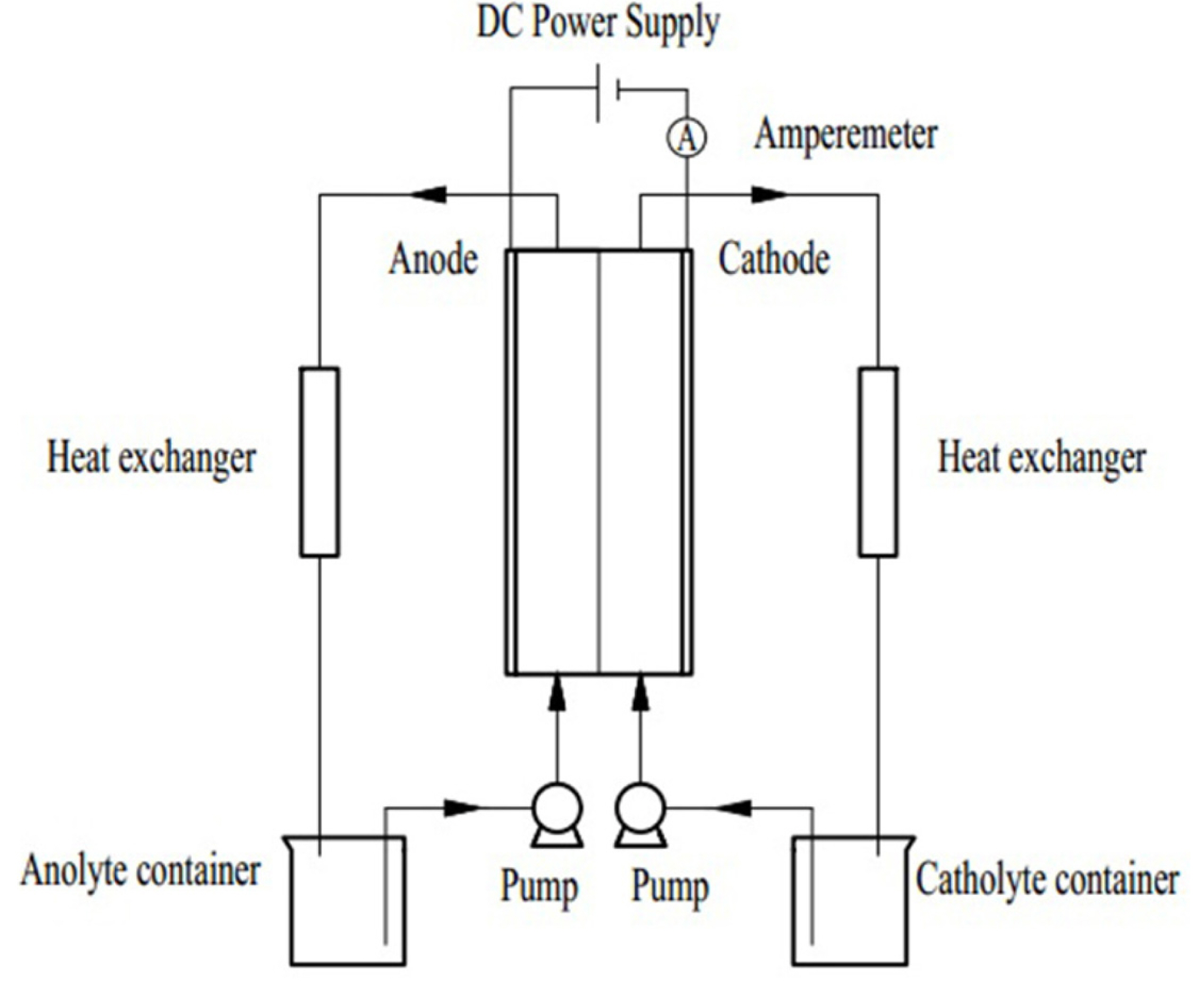[1] L.R. Bennedsen, In situ chemical oxidation: The Mechanisms and Applications of Chemical Oxidants for Remediation Purposes. Elsevier B.V., Amsterdam, 2014.
[2] H. Jakob, S. Leininger, T. Lehmann and et al, Peroxo Compounds, Inorganic. Ullmann's Encyclopedia of Industrial Chemistry. Wiley-VCH, Weinheim, 2007.
[3] N. Xu, Guangdong Chem. Ind. (Natural Science Edition), 2015, 42, 114–114.
[4] K.K. Hii, K. Hellgardt, G.H. Kelsall and et al, Apparatus and method for production of oxidants. WO/2016/193738A1.
[5] V.B. Martos, E. Herrero and J.M. Feliu,
Electrochim. Acta,
2017,
241, 497–509.

[6] J.R. Davis, J.C. Baygents and J. Farrell,
J. Appl. Electrochem,
2014,
44(
7), 841–848.

[7] J.R. Davis, J.C. Baygents and J. Farrell,
Electrochim. Acta,
2014,
150, 68–74.

[8] G. Dutta and H. Yang,
J. Electrochem. Sci. Technol.,
2016,
7(
1), 27–32.

[9] J. Ran, L. Wu, Y.B. He and et al,
J. Membr. Sci,
2017,
522, 267–291.

[10] E. Bakangura, C. Cheng, L. Wu and et al,
J. Membr. Sci,
2017,
537, 32–41.

[11] G.A. Crespo,
Electrochim. Acta,
2017,
245, 1023–1034.

[12] S. Paul,
J. Electrochem. Sci. Technol,
2016,
7(
2), 115–131.

[13] R.S.L. Yee, R.A. Rozendal, K. Zhang and et al,
Chem. Eng. Res. Des.,
2012,
90(
7), 950–959.

[14] H. Strathmann, A. Grabowski and G. Eigenberger,
Ind. Eng. Chem. Res,
2013,
52(
31), 10364–10379.

[15] J. Zhu, K.K. Hii and K. Hellgardt,
Acs Sustain. Chem. Eng,
2016,
4(
4), 2027–2036.

[16] J. Zhao, P. Sun, L. Wang and et al, J. Zhengzhou Univ.(Engineering. Science), 2006, 27, 109–112.
[17] Y. Wang, Y. Xiong and J. Zhang, J. Southeast Univ., 2015, 45, 738–744.
[18] H. Nan and Y. Wang, Chem. Ind. Eng., 2013, 30, 53–58.
[19] CONG, Yu-feng and et al, J. Fushun Petroleum Ins., 2001, 21, 23–31.
[20] R.L. Johnson, P.G. Tratnyek and R.O. Johnson,
Environ. Sci. Technol,
2008,
42(
24), 9350–9356.

[21] M. Nemati, S.M. Hosseini and M. Shabanianb,
J. Hazard. Mater.,
2017,
337, 90–104.

[22] S.M. Hosseini, M. Nemati, F. Jeddi and et al,
Desalination,
2015,
359, 167–175.





















